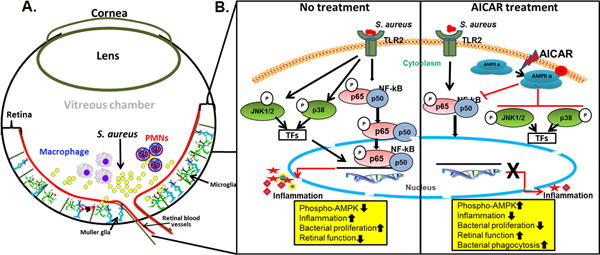Figure 10. Effect of AICAR treatment in regulating the innate response of retinal residential (glial) and infiltrating cells in bacterial endophthalmitis.

In response to retinal infection, such as bacterial (S. aureus) endophthalmitis, the retinal glial (microglial and Muller glia) recognize the pathogen in the vitreous chamber via Toll-like receptors (TLRs, e.g. TLR2). The activated glial cells secrete inflammatory mediators to recruit myeloid cells such as PMNs and macrophages to combat pathogen invasion (A). In the current study, we report that AICAR-mediated AMPK activation induces protective innate responses by affecting both glial and infiltrating innate immune cells. AICAR treatment was found to downregulate the inflammation, restored Phospho-AMPK levels, and promoted bacterial clearance via enhanced bacterial phagocytic activity. At molecular levels, AICAR inhibited bacterial-induced NF-KB and MAPK kinase signaling (B). The downward arrows indicate decrease whereas upward arrows indicate increase responses.
